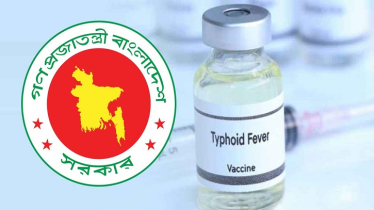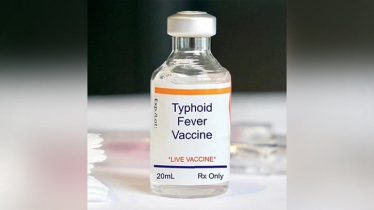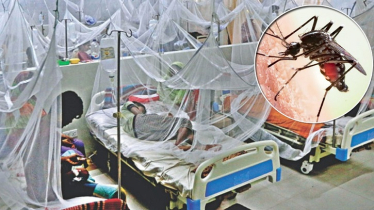
An outbreak of anthrax has been reported in northern Bangladesh, affecting Rangpur and Gaibandha districts. In September, at least eight individuals in Rangpur tested positive for anthrax, and the bacteria were also detected in some frozen beef stored in local homes, raising public concern.
According to the Institute of Epidemiology, Disease Control and Research (IEDCR), Bangladesh has documented 15 anthrax outbreaks across seven districts from 2022 to October 2025, with 246 people testing positive. No deaths have been reported.
In 2025 alone, 56 out of 99 tested samples confirmed anthrax, compared to 50 cases in 2024, 78 in 2023, and 62 in 2022. IEDCR specifically noted outbreaks this year in Gurudaspur Upazila of Natore and Pirgacha Upazila of Rangpur. Additional suspected cases have been reported in Gangni Upazila of Meherpur, although these are not listed on IEDCR data.
Local reports from Rangpur and Gaibandha indicate more than 50 suspected anthrax cases in the Sadar and Parul unions of Pirgacha Upazila. Over the past two months, more than 300 livestock deaths have been reported due to anthrax in the area. In Meherpur’s Gangni Upazila, at least 400 people have sought treatment for related symptoms this year, though none were laboratory-confirmed.
Anthrax is a bacterial disease that typically infects livestock through contaminated soil entering the mouth, respiratory tract, or open wounds. It does not spread easily from animal to animal, human to human, or via airborne droplets. Medical and public health experts emphasize that anthrax is treatable and generally not fatal if managed properly. Preventing exposure involves halting the slaughter of sick animals and safely burying any deceased livestock deep underground.
Dr. Md. Abdullah Omar Nasif, a medical officer at IEDCR who visited Pirgacha Upazila, confirmed that this is the first anthrax detection in Rangpur. Investigations are ongoing to determine how the disease spread and the source of the affected livestock. He explained that human infection typically occurs through contact with the skin lesions when handling infected meat.
Since 1980, anthrax has been detected in multiple districts of Bangladesh, beginning in Pabna and later spreading to Sirajganj, Gazipur, Tangail, Kushtia, Meherpur, Rajshahi, Natore, Manikganj, Narayanganj, Lakshmipur, Bogura, Satkhira, Lalmonirhat, Chapainawabganj, Chuadanga, Rajbari, Chattogram, and most recently Rangpur and Gaibandha.
Dr. Ahmed Nausher Alam, Chief Scientific Officer of IEDCR’s Virology Department, noted that 95 percent of human cases in Bangladesh are limited to the skin, which are fully treatable with proper medical care. Internationally, gastrointestinal anthrax from consuming infected meat can have a fatality rate of 25 to 75 percent, and inhalational anthrax is extremely rare but deadly. No such cases have been confirmed in Bangladesh due to the common practice of thoroughly cooking meat.
To control the outbreak, vaccination campaigns have been conducted. Ekramul Haque, Livestock Officer of Pirgacha Upazila, said that nearly 100 cattle died due to farmers’ lack of awareness before vaccination began. So far, 53,400 vaccine doses have been administered, with another 50,000 requested.
Abu Sayeed, District Livestock Officer of Rangpur, reported that approximately 1.3 million livestock reside in Rangpur, of which 180,000 animals have been vaccinated since the last week of August. No new infections have been detected. Public awareness initiatives are ongoing at mosques, temples, and marketplaces to prevent panic, and field teams continue to monitor and manage livestock health in 12 designated areas.





